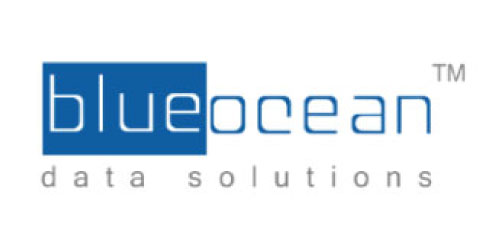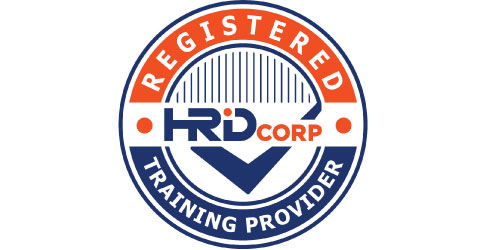Turning Data
Into Profits
Turning Data
Into Profits

Statistical process control (SPC) involves using statistical techniques to measure and analyze the variation in processes. It aims to get and keep processes under control. Most often used for manufacturing processes, the intent of SPC is to monitor product quality and maintain processes to fixed targets. Statistical quality control refers to using statistical techniques for measuring and improving the quality of processes and includes SPC in addition to other techniques, such as sampling plans, experimental design, variation reduction, process capability analysis, and process improvement plans.
This practical course combines classroom teaching, practical exercises, and group discussion with actual factory based projects to provide a complete action learning experience. The course has been designed to enable all participants leave the training room with a set of new knowledge, tools, skills and direct experience of how to use JMP software for statistical process control in a real company setting.
Prerequisite: Statistical Data Analysis Through JMP Software
Training facilities: Computer installed with JMP software and LCD projector
DAY 1
Section 1: Introduction to Basic Statistic & Type of Data
Section 2: Basic Concept of Process Variation
Section 3: Data Collection & Sampling
Section 4: Variable Control Chart
DAY 2
Section 5: Analysis of Control Chart Pattern
Section 6: Attribute Control Chart
Section 7: Analysis of Process Capability
Section 8: Implementing & Maintaining SPC Program
Who should attend: Managers, engineers, executives and supervisors who will use JMP software to perform process capability study and SPC implementation.
Delivery: Classroom lecture, hands-on practice, assignments and case studies.
Duration: 2 days (9am – 5pm)




Blue Ocean Data Solutions is a highly experienced company provides turnkey manufacturing solutions. With more than 10 years of experience serving a large customer base in manufacturing and hands-on expertise in programming, software and statistical data analysis combine with six sigma and lean manufacturing methodology, we assist our clients to solve complicated operation problems – yielding profitability increases and driving service and product delivery excellence.
Company
Contact Us